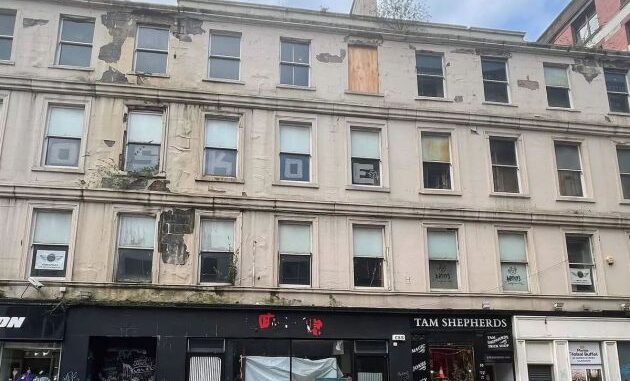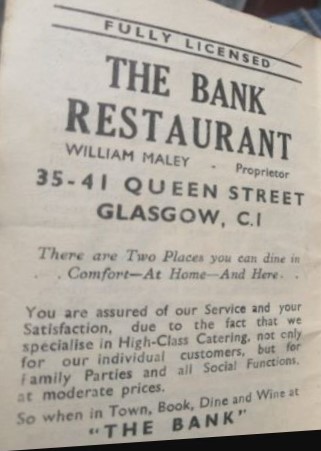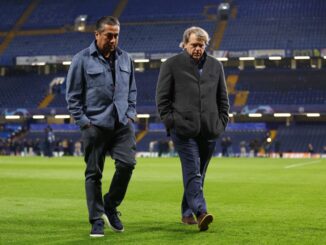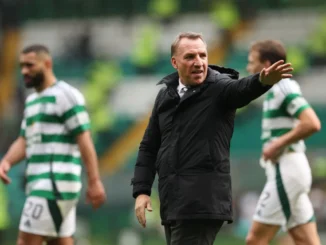
This week’s news that a Glasgow city centre building is to be demolished will see a little piece of Celtic history disappear…

Student flats are to be built at 21-41 Queen Street , replacing a venue that has included at different times the nightclub Archaos and The Bank restaurant.
The Bank is long gone but was once owned by renowned Celtic manager Willie Maley, one of different businesses that he had. Both Maley and the restaurant itself have important places in Celtic history.

Maley is of course a genuine Celtic legend. He played for the club in its first game and was part of various Celtic firsts, including first trophy, Scottish Cup win and league title.

Even before Maley took over The Bank, it was a popular Glasgow venue. It took its name from the fact it was in Glasgow’s financial district and was surrounded by numerous banks. There has been a pub on this site since the late-1800s but it wasn’t owned by Willie Maley until later than this.
Celtic’s Irish-born boss was initially a part-owner of the restaurant and then in 1920 took full control. To mark this event, he held a celebration dinner which was attended by various football and sporting figures. This included club officials from Celtic, Rangers, Aberdeen and others, with guests being entertained by an orchestra.

The Bank became a key Celtic location, used at times like his club office, not least when players were summoned by the manager for contract negotiations or other discussions. In addition, it was often used by players for meals and celebrations or by the Hoops to entertain visiting sides after games.
It wasn’t just players or club officials that were drawn to The Bank, fans could also go there to buy tickets for Celtic matches, including cup finals and other major events.
Maley was clearly an entrepreneur and also owned a sports shop, initially on the Gallowgate and later on the Saltmarket. This business skill must have ran in the family because his brother Alec also had a sports shop. And another brother, Tom – scorer of Celtic’s first hat-trick and a very important club figure – once ran a post office.

Pub ownership has been a big part of Celtic history. Many of the club’s founding fathers were publicans. In football’s early days, they were sometimes used as a means to secretly pay players, before professionalism was officially allowed.
Club heroes such as Dan Doyle and James Kelly managed to own expensive pub licences, despite their official income not explaining this ability. As Willie Maley himself later wrote, apart from Queen’s Park, every major club in Scotland found ways to surreptitiously pass money to their players.
Later, pub ownership became a favoured post-playing job for many footballers, including Celts like Billy McNeill, Harry Hood, Bobby Lennox, John Hughes, Jim Brogan and many others.
Even after Maley’s death in 1958, the Bank kept its Celtic links, advertising in match programmes well into the 1960s.
The restaurant remained open until the 1980s, despite undergoing a major refurbishment in the late-1970s. After closing it has variously been called Black’s, Muse and the Bowery. It has long since lain empty, and the upcoming demolition will take away a Glasgow city centre site connected with Celtic’s history.
However there are still numerous other Celtic-related locations in the area. Some of these tell the tales of the club’s earliest trophy successes but there’s also many other important sites too.
GET MORE NEWS HERE



Be the first to comment